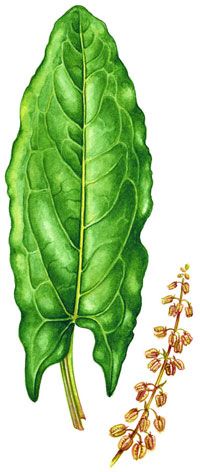Getting lost or stranded in the wilderness is serious business, and you need to make sound decisions to give yourself the best chance at survival. It also helps to know some basic wilderness survival skills. To make sure you're safe from the elements, you'll need to know how to build a shelter. To provide you with an opportunity to cook food, boil water and send a rescue signal, you should learn how to build a fire without a match or lighter. The other crucial component to survival is finding water in the wild. People can live without food for up to a month, but water is necessary to keep us alive.
But just because you can live without food doesn't mean you should. Going without food will leave you weak and apt to make poor decisions, which could endanger your life. Being able to identify edible plants in the wilderness is a good skill to have under your belt. The problem is, there are more than 700 varieties of poisonous plant in the United States and Canada alone, so unless you have a book that clearly identifies edible species, it's nearly impossible to determine whether or not a plant will make you sick with absolute certainty.
Advertisement
It's dangerous to eat a plant you're unsure of, especially in a survival scenario. It's better to be hungry than to poison yourself. Some poisonous plants look a lot like edible plants. Some plants have parts that are edible and parts that are toxic. Some are only edible for certain periods throughout the year. You can see where mistakes can easily be made.
If you're in a survival situation and you don't have a book on local edible plants, there is a test you can perform to give yourself a good shot at eating the right thing. It's called the universal edibility test, and we'll cover it in this article.
Advertisement


